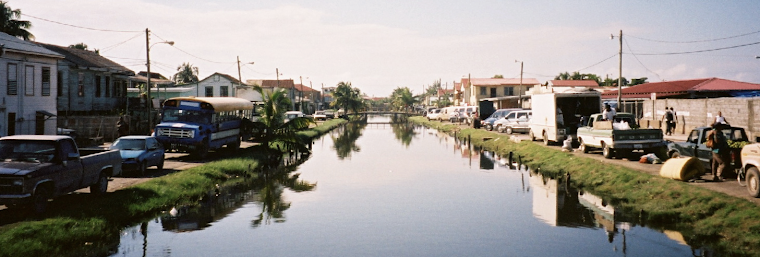
Subscribe to:
Post Comments (Atom)


2009 Impact
· 132 Adobe Stoves constructed
· 350 students taught English in schools and employment centers
· 1,700 people received eye screenings, diagnoses, and medication—102 of whom received eye surgery
· 1,650 hours spent providing hospital care
· 5 homes built
· 565 people trained in public and family health and nutrition
· 54 young women and 45 street children placed in soccer leagues
· 350 books donated to libraries (libraries previously constructed by HELP)
· 188 individuals trained in business
· 4 agricultural businesses created
· 400 orphans cared for by HELP volunteers
· 80 chicken coops constructed
· 110 parents and community members trained in caring for the disabled
· 105 square-foot gardens built
· 96 hand washing stations built
· 5 communities served by a new medicinal-plant business
· 35 at-risk youth mentored in a gang-prevention program
· 65 HIV positive orphans received art therapy and personal care
· 3 microcredit groups organized serving 48
Why do we do this? Yeah we could pay day laborers to do this, bring them jobs and they'd probably do it better, faster, more efficiently, but think of it as a cultural exchange. For many of us, this is our first experience with the Third World, even if it is Disneyland Third World, as my sister once said. We're learning to respect, love and build relationships with people we wouldn't ordinarily know, whose lifestyles are so different from ours. Also, we're learning more about the country than we would if we were just tourists: we make tortillas with our cook, eat mangos after putting up a huge tent with the other workers' children, meet the Mennonites visiting the old folks' home with us.
ReplyDeleteVoluntourism maybe isn't the most efficient way to do service, but I'm not convinced it's so bad. It's just another way to visit a country.